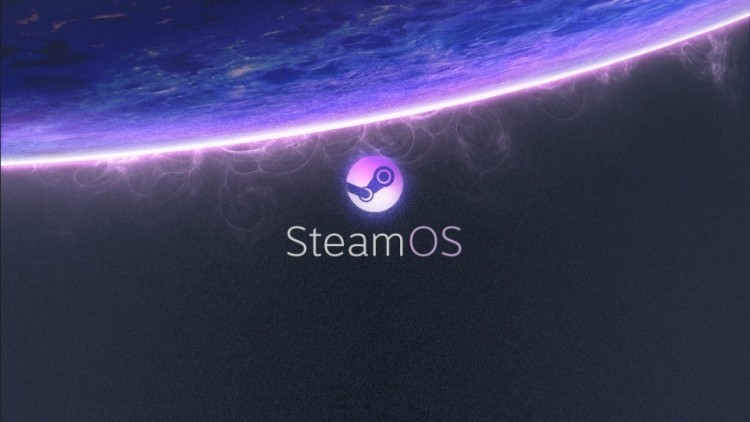
A new version of Valve’s SteamOS beta has hit the web. The latest release potentially broadens the pool of testers for the living room-friendly operating system by adding support for older, non-UEFI systems and dual booting, although the company still warns this is a work in progress intended for advanced users.
The features were implemented with help from a pair of developers known as directhex and ecliptik, from the Ye Olde SteamOSe team that initially provided a BIOS-ready SteamOS fork. The new dual-boot and custom partitioning options can be found within SteamOS's "Expert Install" screen and essentially mean you don't have to dedicate a whole drive to SteamOS, but rather run the OS alongside Windows.
Keep in mind Valve says it has conducted very little testing on this build and, in their words, you shouldn’t “install it on any machine you are not prepared to lose.” If you do decide to take the plunge, other key features you can expect to find on this build include recovery and DVD install support.
SteamOS is a fork of Debian GNU/Linux. A first-look public release arrived last month lacking support for Intel and AMD GPUs, though an initial update days ago sought to address this while fixing various other issues. Pre-built Steam Machines covering a range of specs, price points and form factors are due out later this year.
https://www.techspot.com/news/55413-steamos-beta-now-supports-non-uefi-systems-and-dual-booting.html